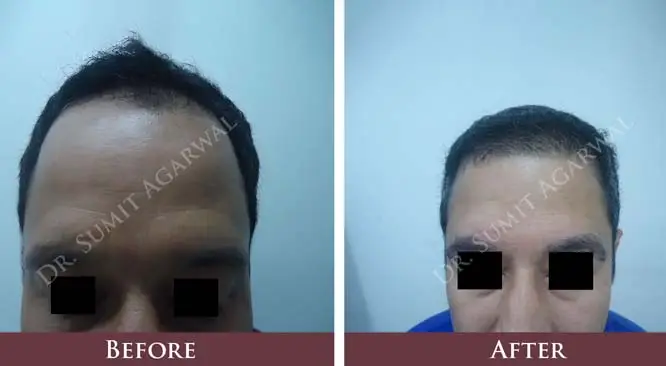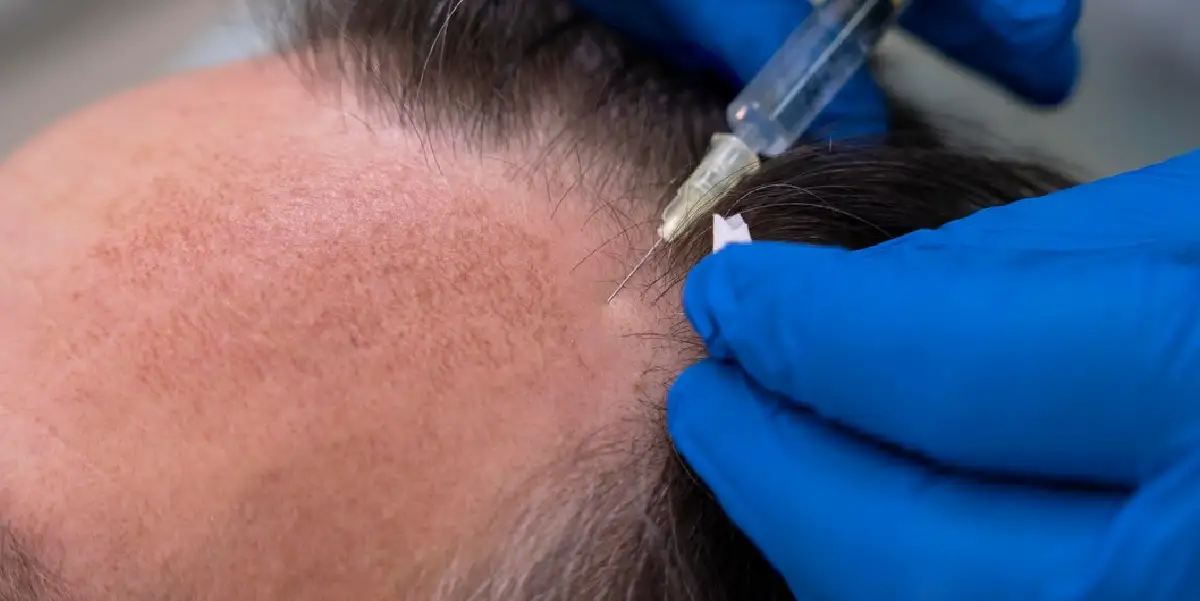Hair Transplant – How Advance The Treatment Has Become
- By Harleys Clinic
- Aug, 10 2015
An ordinary hair transplantation method requires the elimination of donor strip of hair through the back of the head from the place the follicular unit grafts are dissected. These grafts are protected in saline and transplanted on your scalp.
Due to the time-consuming nature of this treatment, the top hair transplant surgeons transplants about 500 to 600 follicular unit grafts only every day. However, due to the current hair transplant improvements, this system is usually changed by the follicular unit extraction (FUE). The associated fee for each graft of FUE is often 2 times the price of the typical follicular unit hair transplant procedure. However, it is comparatively quicker and minimal invasive.
- Some hair transplant developments
In an average FUE technique, a small spherical punch is done inside the donor location to immediately extract 1, 2, 3 and 4 hair follicular unit grafts. The extracted units with this process are generally known as “blunt dissection” in which a punch is made to cover your whole follicular unit separating it from delicate tissues.
As soon as the follicular unit is separated from the tissues, it is well extracted utilizing a compact forceps. The holes remaining after the extraction gradually mends in following days and they are not traceable on the bare eye once the hair grows out. The recovery time is lesser when compared to the donor strip extraction process.
Though the FUE method has actually been adopted by majority of hair transplant clinics, the conventional strip excision process remains the most favoured hair transplant technique since it is a lot cheaper than the FUE.
Furthermore, resulting from some current hair transplant advances like the utilization of trichophytic closure procedure, the scar produced with the strip excision process is now almost undetectable to the bare eye. This development in hair transplantation approach has designed FUE method rather considerably less desirable.
- Research on Hair Transplantation
In addition to the hair transplant developments in the transplantation methods, research is additionally underway to clone the hair. In case this research is successful it might be possible to make numerous copies of donor hair in the labs. In future, this method could be employed in hair transplantation. In the usual methods, the most important limitation is commonly the donor who isn’t in a position to fulfil necessary density.
However, hair cloning guarantees to beat this problem by possessing the amount of hair necessary to be developed in the lab from only one donor hair and afterwards implanting it into the scalp. Hair cloning is quite challenging and there are many hurdles that have to be dealt with before anything can be officially announced in this field.






